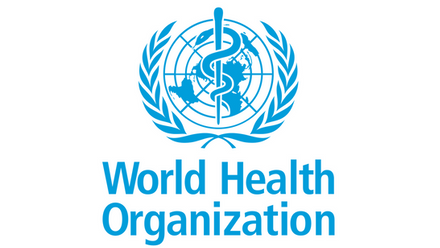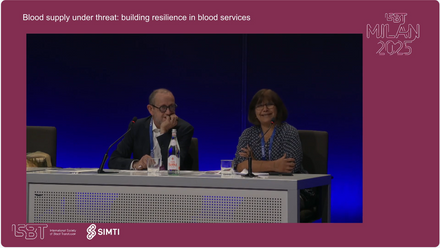The Climate Change, Pandemics, Disasters: The New Normal? plenary session included the following presentations:
1. Heidi Doughty: Disaster Planning in Blood Banking
2. Christian Erikstrup: Emergence of Infectious Diseases due to Climate Change
MODERATORS: Torsten Eich and Michael Busch
After the presentation, there was a questions and answers session, which is also included in the recording.
Abstract
Disaster planning and preparedness in transfusion medicine
H Doughty1
1Clinical, NHS Blood and Transplant, Birmingham, United Kingdom
Transfusion support is an essential element of modern healthcare and therefore should be considered in emergency and disaster planning. In addition, many national civil contingency arrangements require healthcare providers to prove that they can deal with emergencies while ensuring other critical services continue. Transfusion communities refer to these arrangements as ‘blood supply contingency’, ‘emergency or ‘disaster preparedness’. There is no consistent categorisation, but all may result in disruption of normal activity and implementation of emergency measures. Most definitions recognise that with planning and preparation, the impact may be avoided or at least mitigated. Preparedness should be considered a dynamic, collaborative process that actively identifies and manages potential and emerging threats. The threat landscape is continuingly evolving, and recent events demonstrate the ‘One Health’ concept that humans, animals and ecosystems are interconnected. Examples include extreme weather, earthquakes and pandemics many of which have challenged the continuity of blood supply. However, it is mass casualty events, together with changing trauma and transfusion practice, which have stimulated a renewed academic and political interest in transfusion emergency preparedness. Planning and preparation are essential to protect patients, support staff and mitigate the impact of the emergency and are increasingly mandated.
WHO and others have developed guidance to support national and international efforts in their response to blood service disruptions due to disasters and other emergencies. The aim is to provide a sufficient supply of safe blood and blood components. The role of the national blood system during emergencies must be clearly defined and needs to be an integral part of wider emergency preparedness. Preparation should be underpinned by locally sensitive risk assessments using relevant local or country level data for risks that will or may impact on transfusion services. Whereas it is not possible to predict the nature of every situation that could impact on the blood supply, local transfusion services should assess their own situation, projected demand, capabilities and resources in the development of their own response plans. Planning should consider the concurrence and combinations of events and the response should be proportionate and coordinated with others. Resilience options include the principles of Patient Blood Management and Business Continuity. The main aims are to maintain critical services during the emergency and prepare for recovery. Local success is translating this guidance and the emerging evidence base into locally sensitive practice. Societal success will require a multi-sectoral and collaborative approach together with a “whole of society” approach to health hazards.





